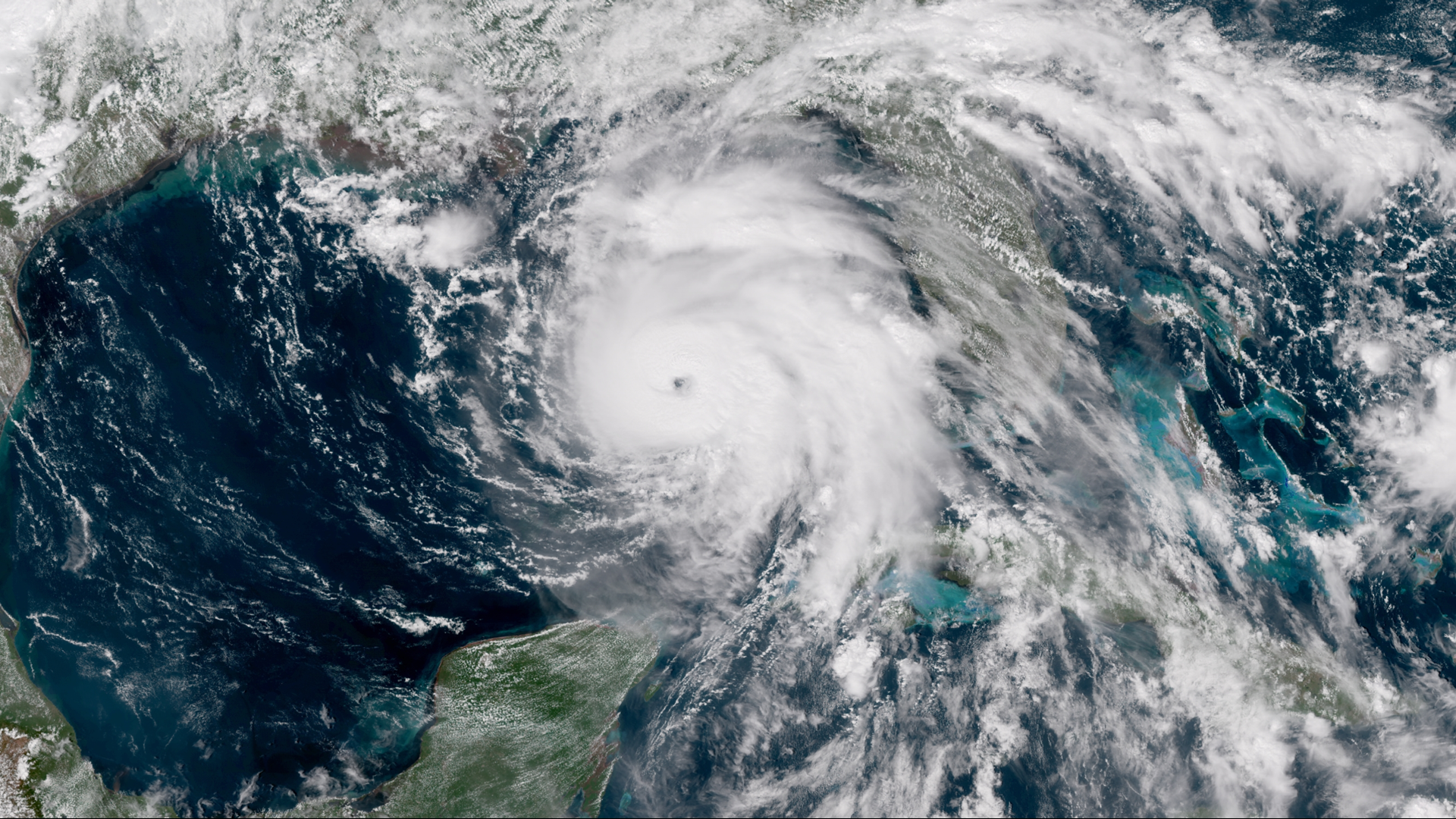ATLANTA — Ian is forecast to undergo rapid intensification as it moves through the Caribbean and into the Gulf of Mexico. What does that mean?
A tropical cyclone 'rapidly intensifies' when it has an increase of winds of at least 35 miles per hour in a 24 hour period.
Hurricanes that undergo rapid intensification right before landfall are among the most dangerous storms.
In 2018, Michael intensified from a Category 2 to a Category 5 hurricane the day before it made landfall in the Florida Panhandle. Our 11 Alive team was there, covered the widespread damage and devastation from both the winds and also the storm surge.
In the case of Ian, it is forecast to have its maximum winds increase from 65 miles per hour Saturday afternoon to 105 miles per hour Monday afternoon. This is an increase of 40 miles per hour in a 24-hour period, meeting the criteria if it does indeed strengthen that quickly.
What ingredients make a hurricane rapidly intensify?
First, extremely warm ocean waters. Hurricanes are like steam engines. They use warm, unstable air as fuel. Having extremely warm waters over 85 degrees can be a main factor. That warm bath water doesn't just need to be right at the surface, but also further down in the gulf or ocean waters.
Hurricanes also need a lack of wind shear, which can disrupt a storm's circulation.
Lastly, a storm needs to be in a moisture-rich environment so that thunderstorms can easily wrap all the way around the storm's center. Dry air on any side would limit this and prevent symmetry and a storm's ability to strengthen.
Even though we know these three factors are important, forecasting rapid intensification is still challenging for meteorologists.
Researchers continue to look at past rapidly-intensifying storms with hopes of improving forecast skill and ultimately help decision-makers get the best information to prepare communities.
Some research shows that rapid intensification may become more, not less common, in a warmer atmosphere.
MORE FROM THE 11ALIVE STORMTRACKERS
DOWNLOAD THE 11ALIVE APP:
- Download the app on your Apple or Android device.
- Set up weather notifications by clicking the Gear icon in the upper right corner of the app. Select Notification -> Notification Settings -> Severe Weather Alerts -> Toggle the Severe Weather Alerts button to the right to turn alerts on.
- Send photos and videos through the app by selecting the Near Me feature on the bottom right task bar of the app and entering your information.
TEXT YOUR WEATHER PHOTOS TO US: 404-885-7600
JOIN THE 11ALIVE STORMTRACKERS FACEBOOK GROUP: Nearly 10,000 metro Atlanta and north Georgia weather enthusiasts share their weather photos every day. Click here to join the group!

